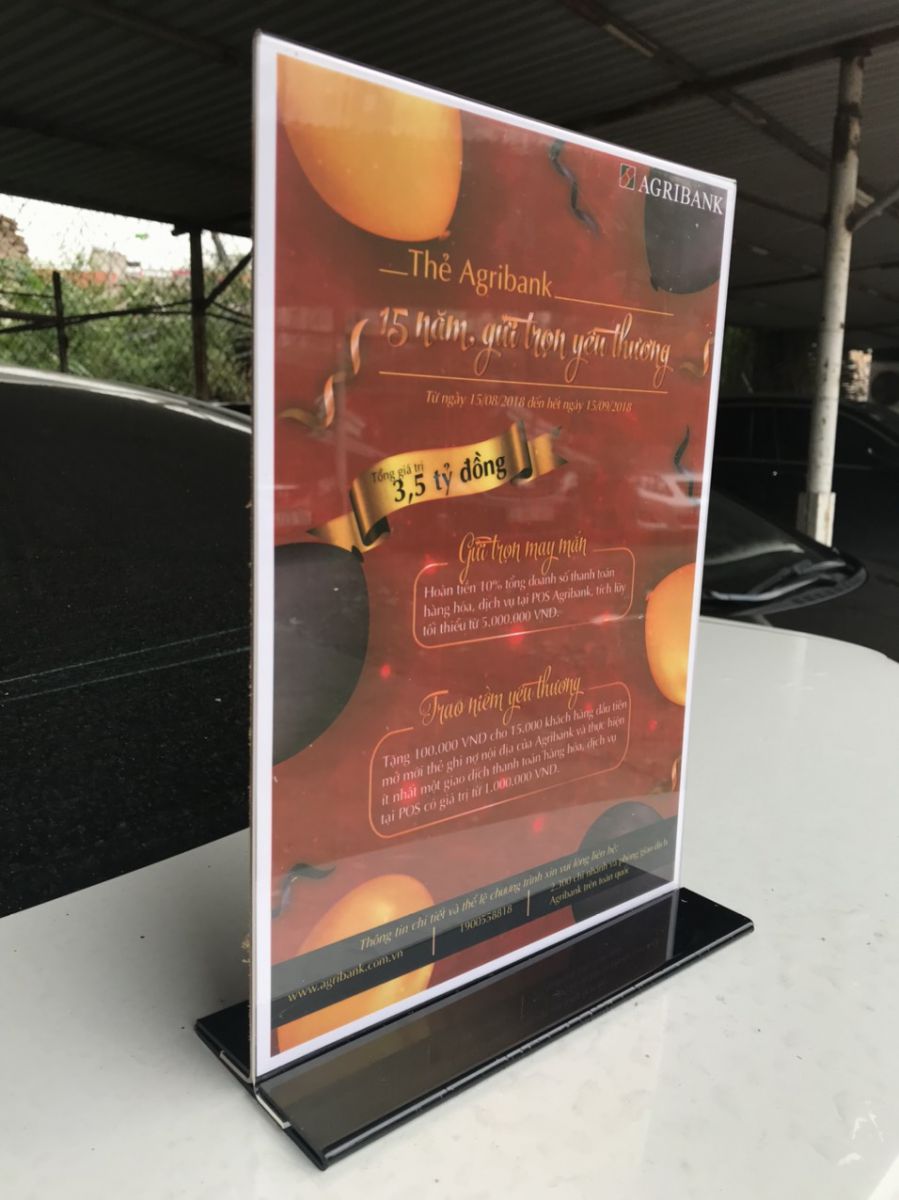Mica is a pigment powder that adds glittery, pearlescent color to art. It is derived from the naturally occurring mineral, muscovite.
Mica engraving offers a number of advantages over traditional etching methods. It minimizes outcome inconsistencies, enhancing engraved precision and smoothness. Moreover, mica can be applied post-etching to further accentuate the etched image.
Mica Art
Mica powder is a great way to add vibrant color and shimmer to art projects. You can mix it with paint, resin, glue, and more to create an effect that’s sure to turn heads.
One of the easiest ways to use mica pigment is to simply add it to your favorite painting medium. You can do this with acrylic paint or oil paint, and it will give your artwork a shimmery, metallic appearance. This technique is also great for highlighting textures and details in your work.
Another fun way to use mica is by blending it with polymer clay. You can add mica powder to your raw clay, or you can brush it on after the clay has cured. This will help reveal patterns and textures in the clay, and it will also create a shimmering appearance.

Mica can also be used to color wax and paper crafts. It works well with melted wax, and it can be used to make candles that glow in the dark. Just be careful, as mica can clog wicks, so you may want to try using wood wicks instead of cotton ones.
Mica can also be used in epoxy resin to create a marbled look of gia cong chu mica sang den. You can use our silicone molds to make simple keychains or coasters, or you can create a granite-look by marbling whites, golds, and shimmery silvers over a black mica base.
Mica Sheet Engraving
Mica sheets are the key to a variety of industries and products. Rigid and flexible mica, whether muscovite or phlogopite, serve critical functions in many different areas of manufacturing.
For example, mica is used in a wide variety of electrical applications. Its insulating properties protect equipment and prevent fires. It is also an important component in electrical components such as transformers and switches, reducing the risk of dangerous electrical shocks. Mica sheets are also a key ingredient in the manufacture of hair dryers, providing insulation to the heating elements and other electrical wires within these devices.
Moreover, mica’s insulating properties help to prevent heat loss in foundries. This helps to reduce energy consumption and increase production capacity. Additionally, mica’s unique chemical composition and physical properties make it an ideal material for use in electrical components.
In addition to their practical applications, mica sheets are also a green choice for the modern world. They are renewable and recyclable, promoting sustainable development through the use of renewable resources and eco-friendly products. In addition, mica’s lightweight versatility and inherent robustness make it an excellent alternative to other materials such as plastic or wood.
Etching on Mica
Mica powder is a versatile color additive for many arts and crafts projects. It can be added to soaps and candles for a new hue, or used in decoupage projects like coasters. It also adds sparkle and shimmer to paper crafts, or a granite-like finish to resin projects. It can even be used to create glow-in-the-dark slime!
One popular technique is to use mica in a masking process to reveal textures or patterns on clay. Light mica colors, especially silvery white, are ideal for this. The mica can be brushed on and left to dry, or the clay can be rolled on top of it. This can reveal intricate stamped designs or textures.
Another way to use mica is in epoxy resin. This project is perfect for transforming an old countertop, or creating custom keychains and coasters. Mica is easy to work with, and the finished results are gorgeous. You can create a marbled effect, or mix whites, golds and shimmery silvers for a granite look.
Mica can also be added to other arts and crafts projects, such as a glitter mist or paint. For the glitter mist, you will need a spray bottle filled with isopropyl alcohol, a teaspoon of glaze like Mod Podge and some mica powder. The isopropyl will keep the mica from clumping, and the glaze seals it in. You can also use a silicone mold to create small circles or asymmetrical shapes, and fill them with resin for a stunning accent piece.
Beginner Engraving Guide
Engraving is a highly precise form of art that can produce very fine detail. Whether you are creating a decorative piece of mica art or you are engraving on a more functional item like a clock, there are a variety of techniques you can use to achieve the desired results.
The first thing to remember is that it is essential to hone your hand-engraving skills. Take a few classes to get comfortable using the tools and to learn the basics of engraving. Engraving on wood is unforgiving and mistakes cannot be rectified, so it is important to plan your project well ahead of time. An engraving class will help you avoid common mistakes and get started with a minimum amount of startup costs.
In addition to taking a few classes, you can also find a lot of information online to assist you with your learning. There are many websites dedicated to engraving, including forums and blogs that provide tips and tricks for beginners. Additionally, a few well-written books can help you navigate the learning process.
Once you’re familiar with the basics of laser engraving, you can start creating your own unique projects. The best way to begin is by finding a design you want to create. A clock is a great project for beginners and can be displayed in your home or as a gift for someone else.